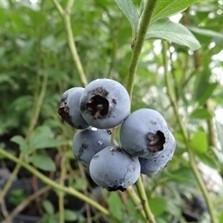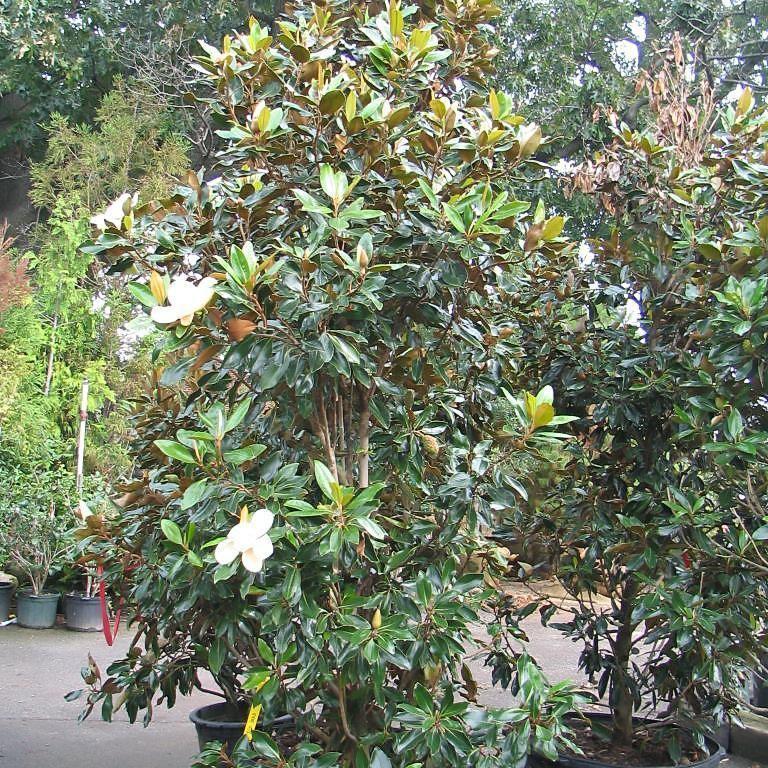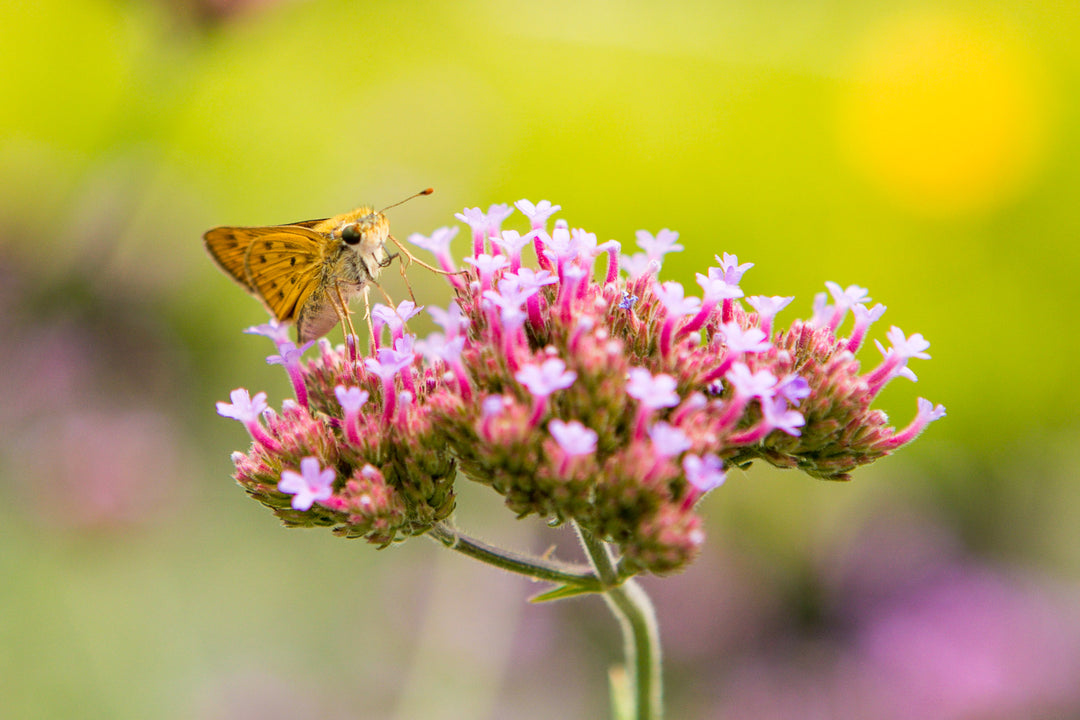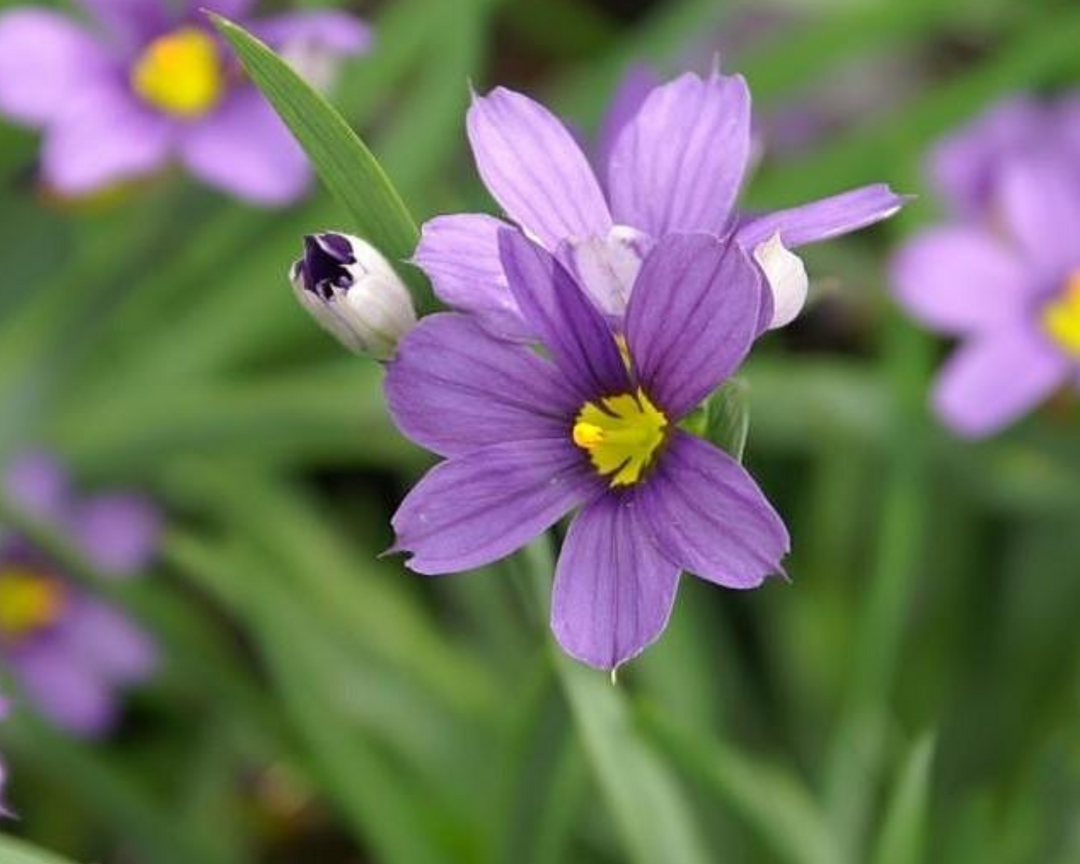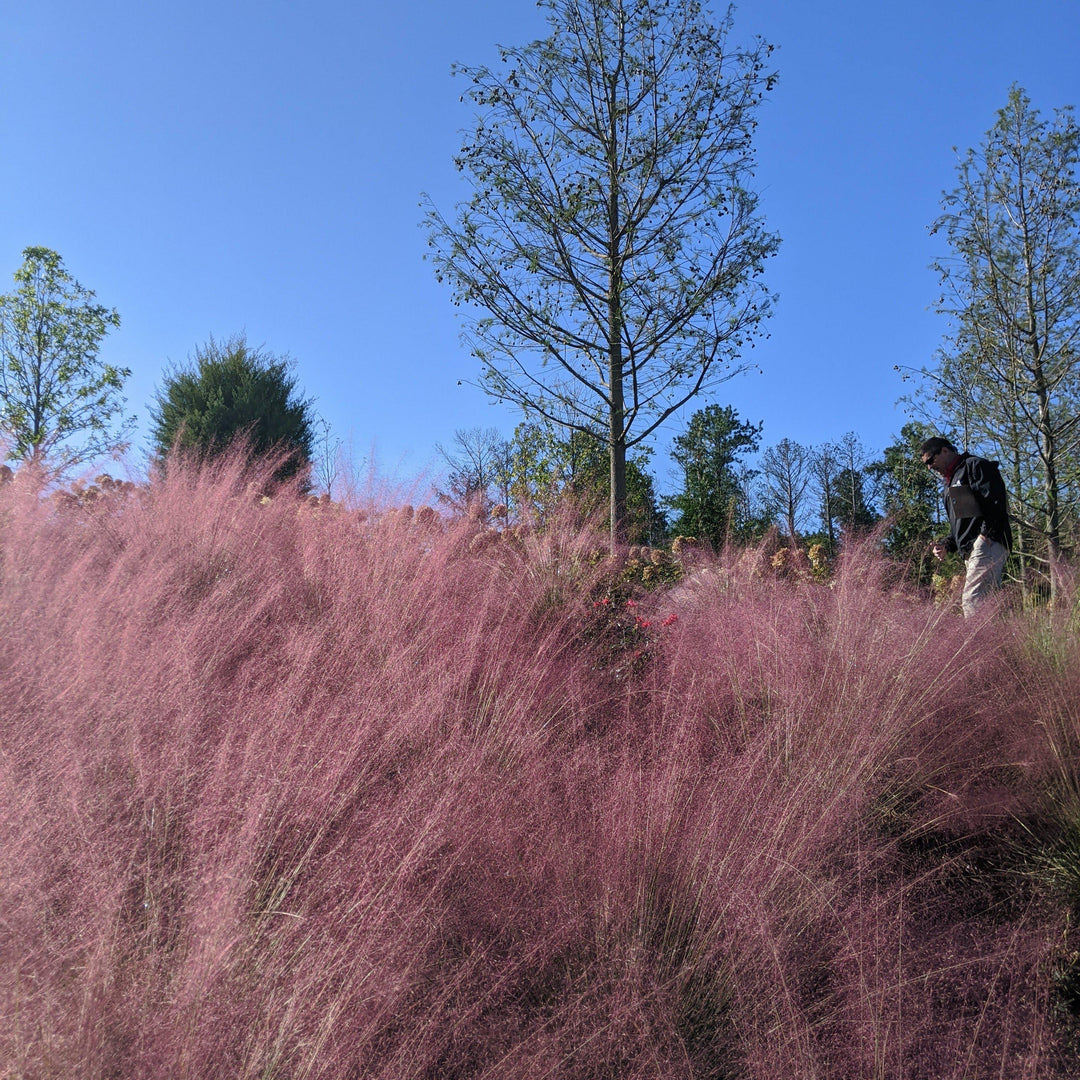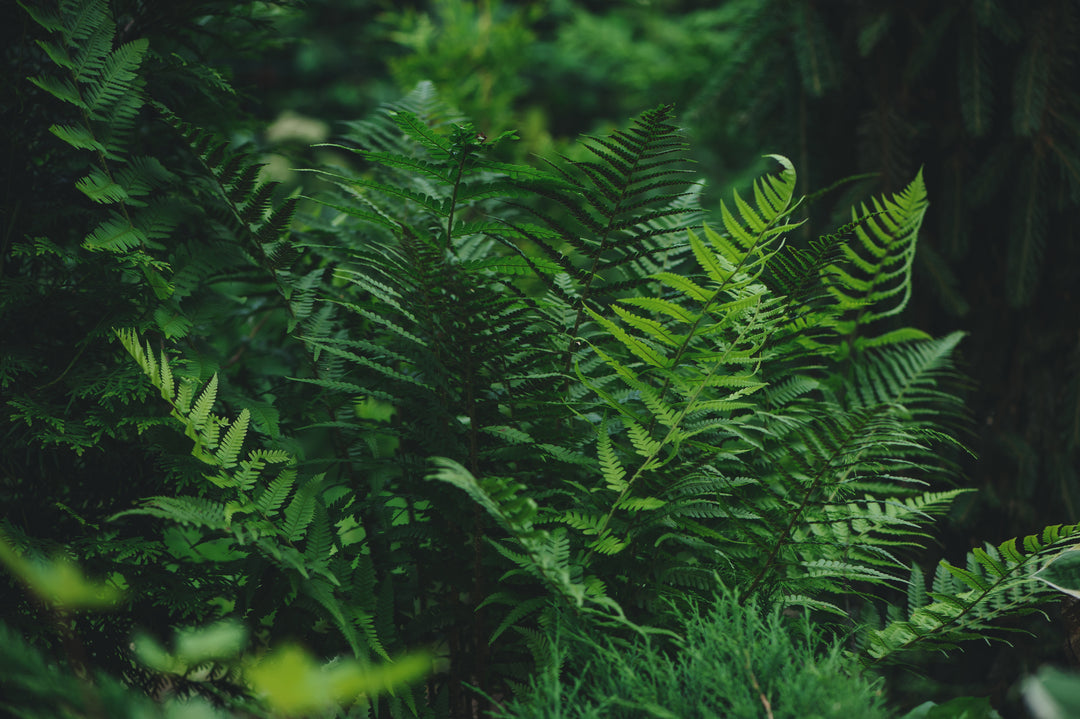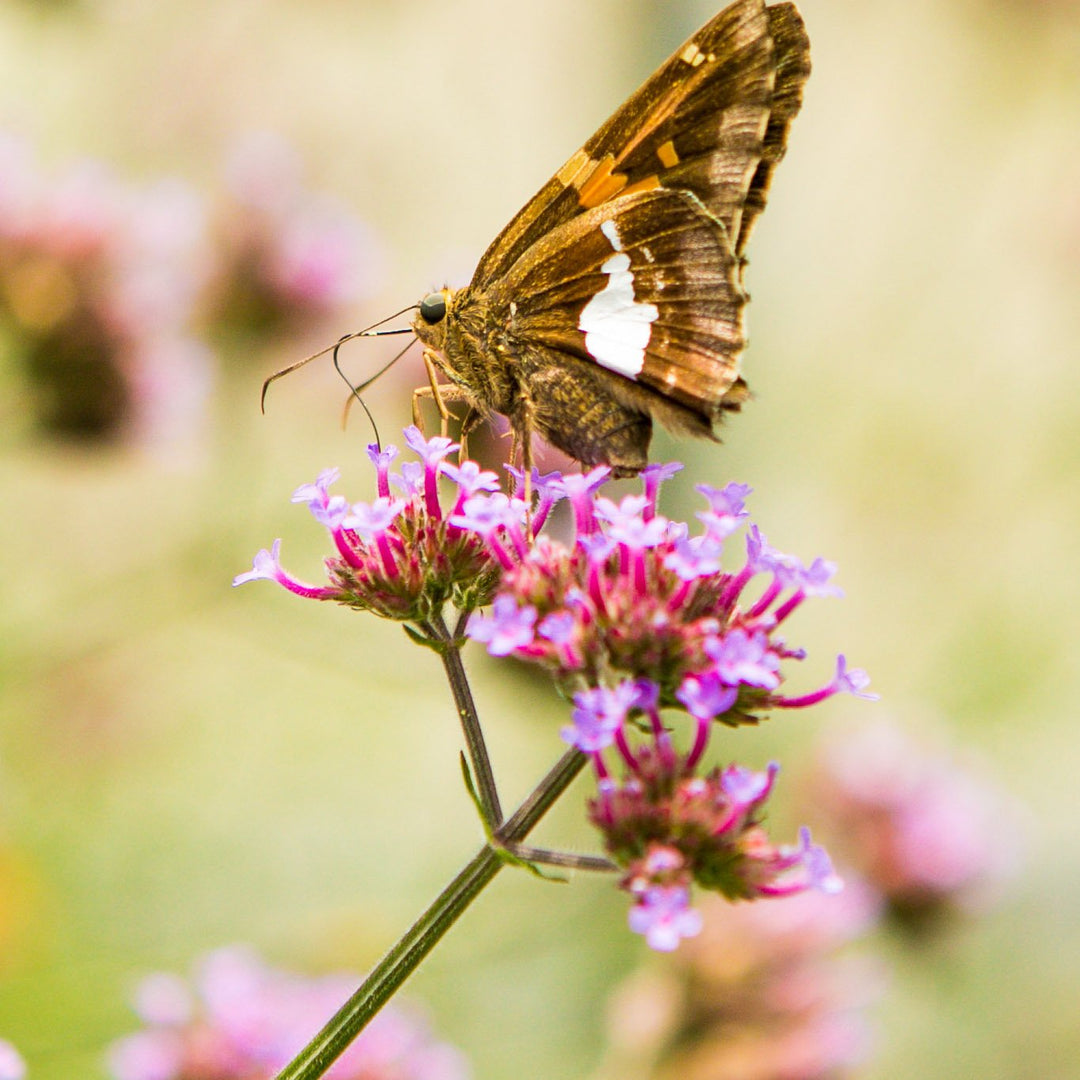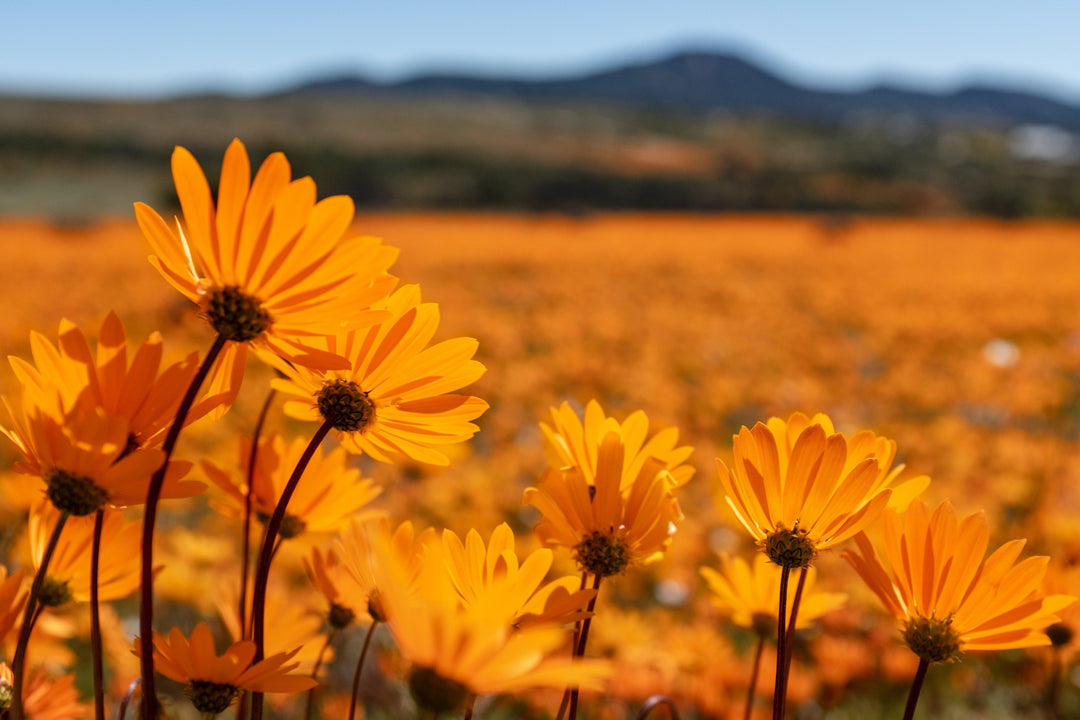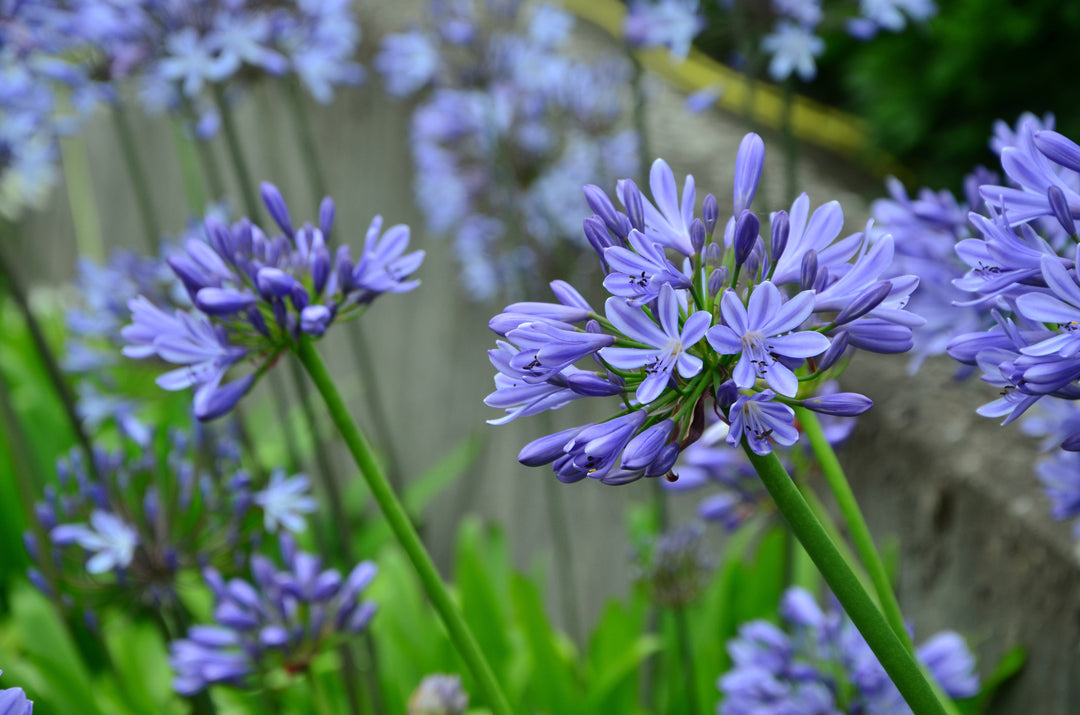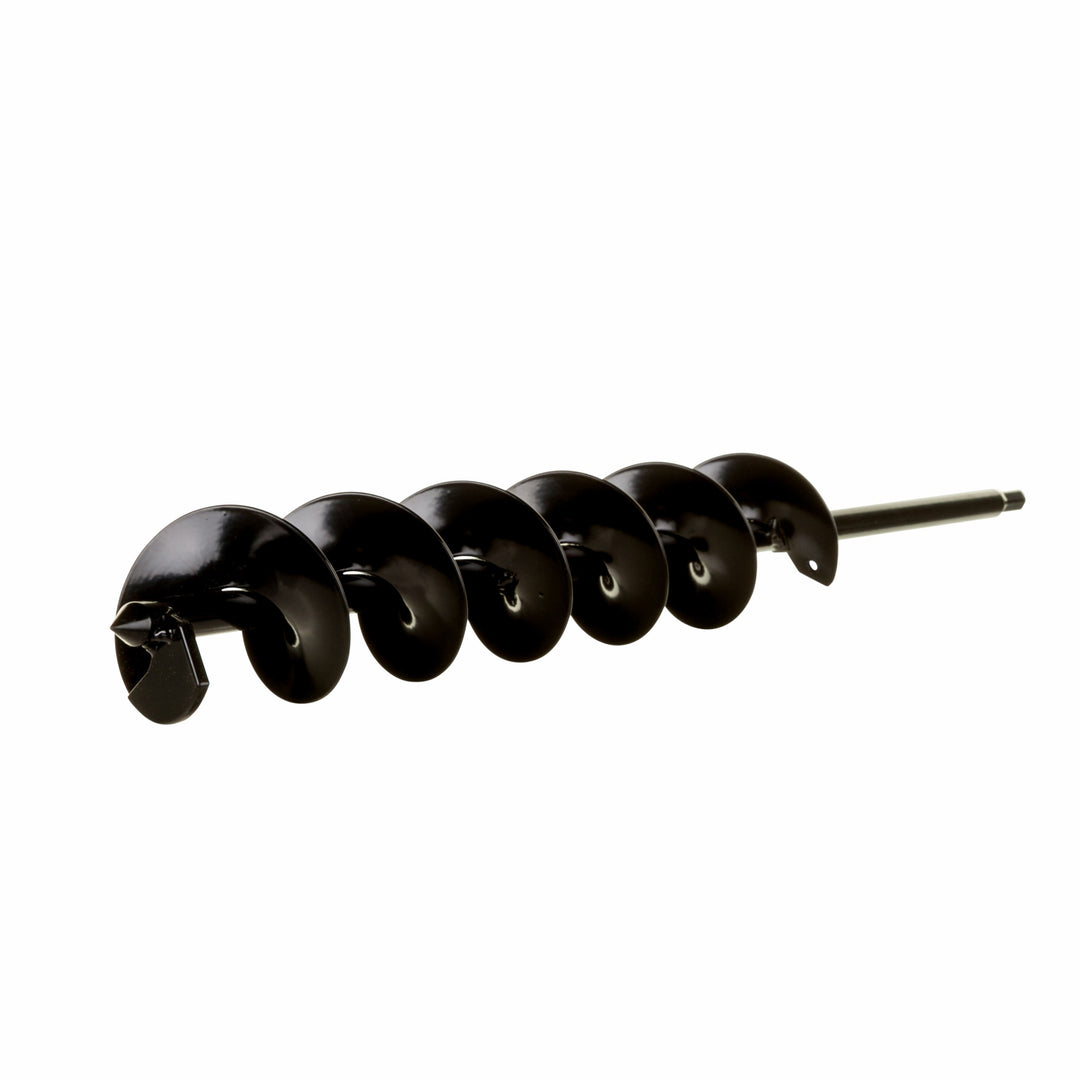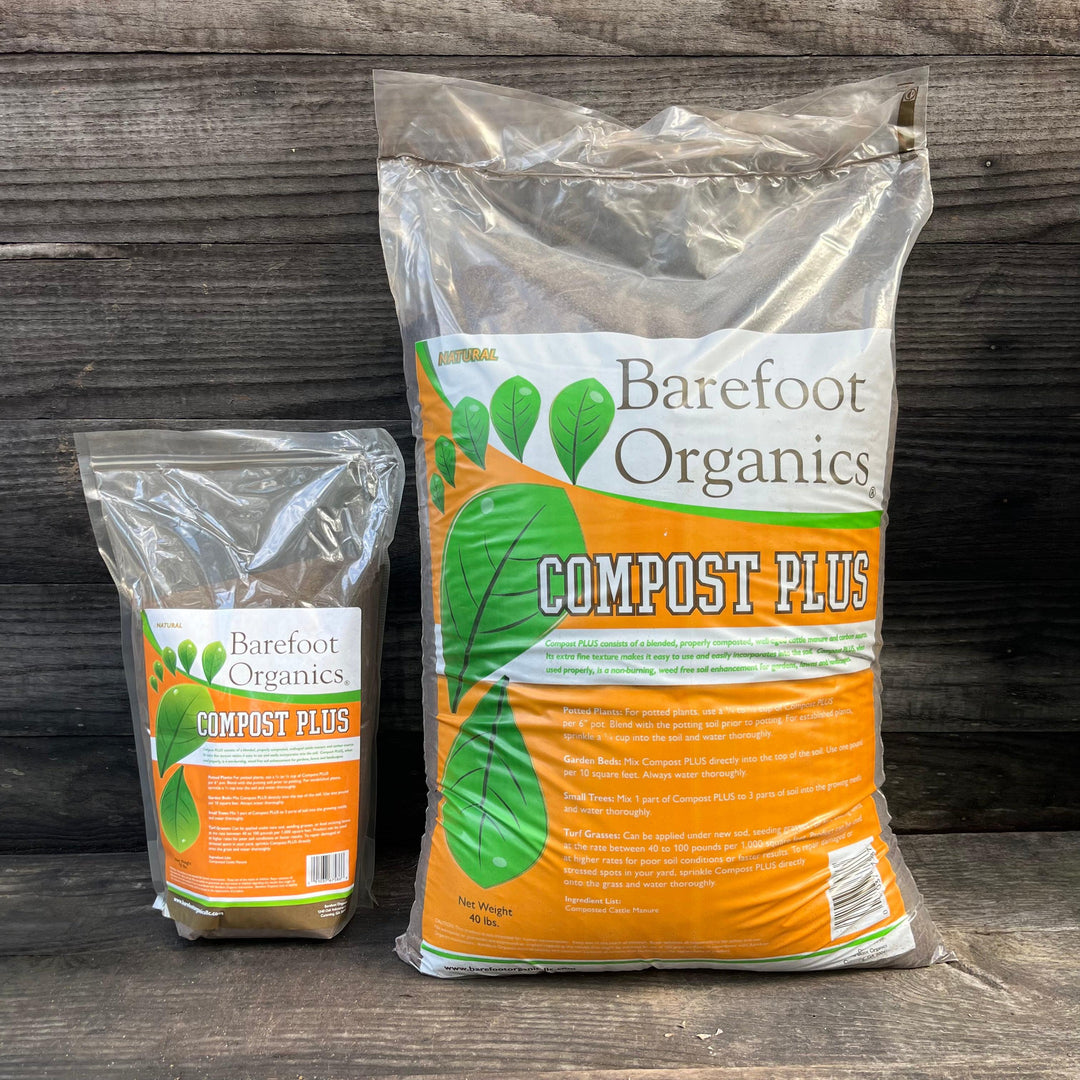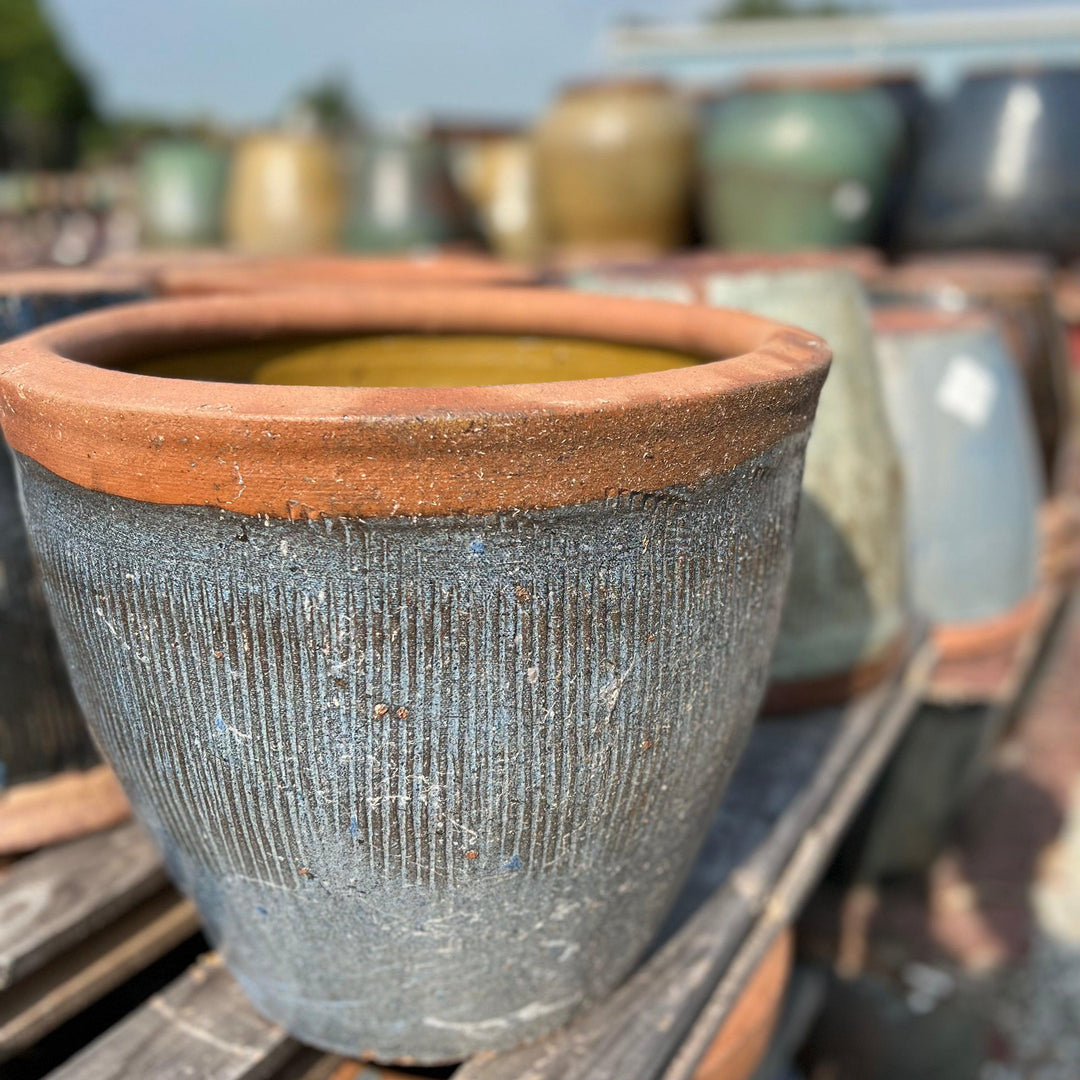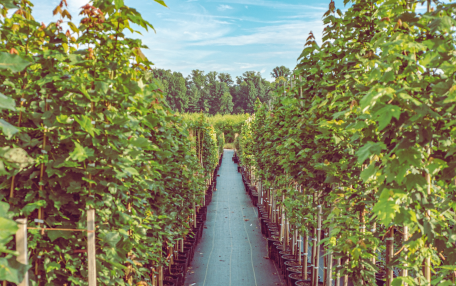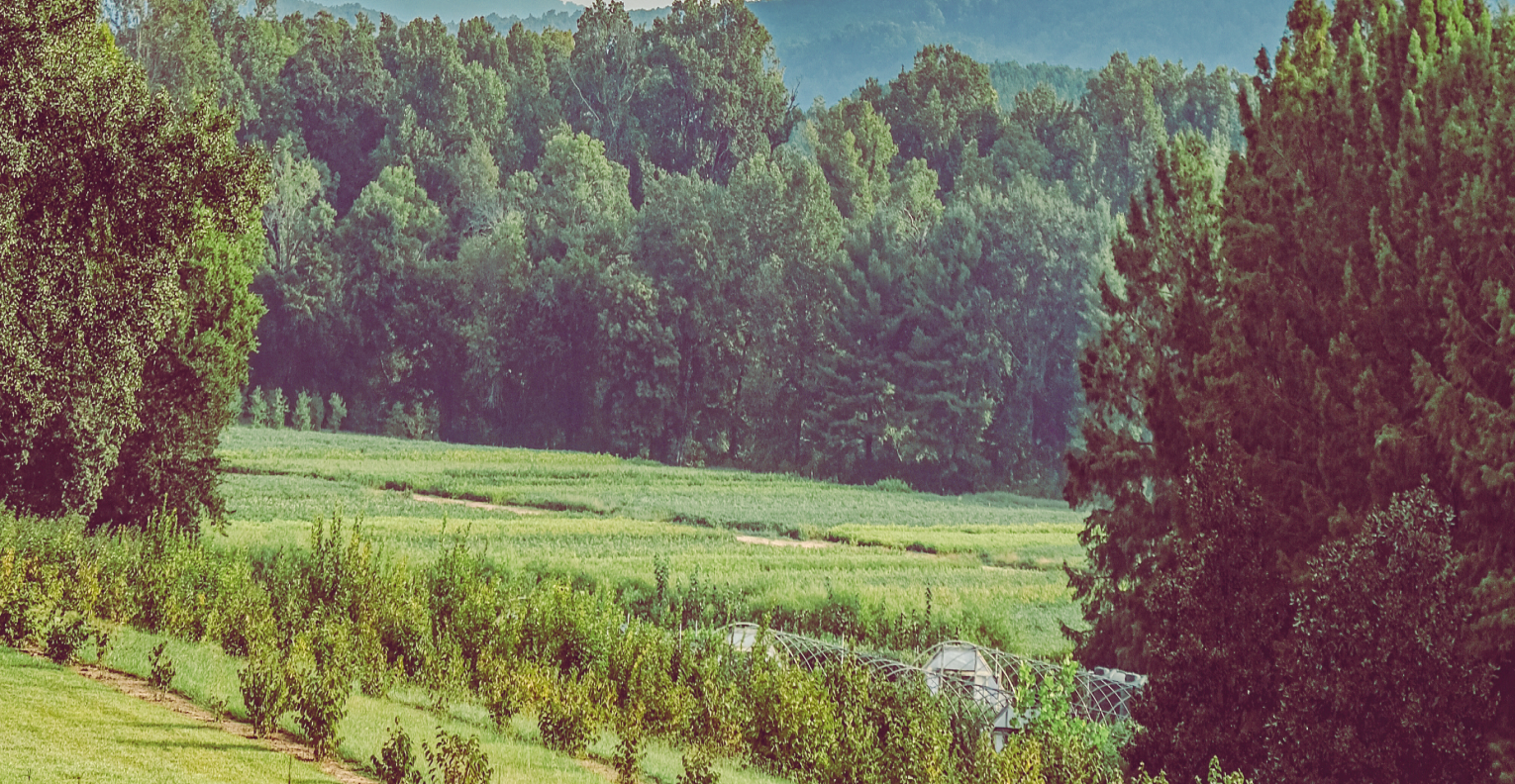Cooper Highbush Blueberry is a semi-upright spreading deciduous shrub with good production of firm, nicely sweet blueberries that ripen early. The elliptical blue-green foliage turns shades of yellow-orange in fall. The white flower clusters bloom in spring. Grows best with full sun and rich, moist acidic well-drained soils. Cooper can be evergreen and produce a second crop in warmer climates (zone 9-10). Cooper is resistant to mildew and pests. While it can self fruit Cooper should be planted with others to cross-pollinate to increase yield.
Vaccinium corymbosum are highly valuable for wildlife as well, being listed as a host plant for 32 different butterflies and moths, and provides nectar to several specialized bees. The berries and branches are good food sources for birds and mammals.
|
Type: |
|
|
Origins: |
East N. America; GA Native |
|
Height: |
6' - 8' |
|
Spread: |
4’ - 8' |
|
Spacing: |
6' |
|
USDA Hardiness Zone: |
7 - 10 |
|
Culture: |
|
|
Bloom Color: |
White |
|
Season of Interest: |
MAINTENANCE NEEDS: Medium Maintenance. Water regularly and mulch. Prune as needed in late winter. Chlorosis may occur in high PH soils. Blight, rot, anthracnose, canker, and mildew are occasional problems. Blueberry maggot, fruit worms, and spotted wing drosophila can damage the fruit. Mummy berry is a fungal disease that shrivels and dries the fruit- remove effected fruit immediately if spotted.
LANDSCAPE USES: Accents or Group Plantings, Borders, Naturalized Areas, Woodland Gardens, Rock Gardens, Hedges, Foundation Plantings, Edible Gardens, and Containers.
COMPANION PLANTS: Strawberry, Camellia, Bayberry
Image: Photo by Bottoms Nursery, Cooper Blueberry

